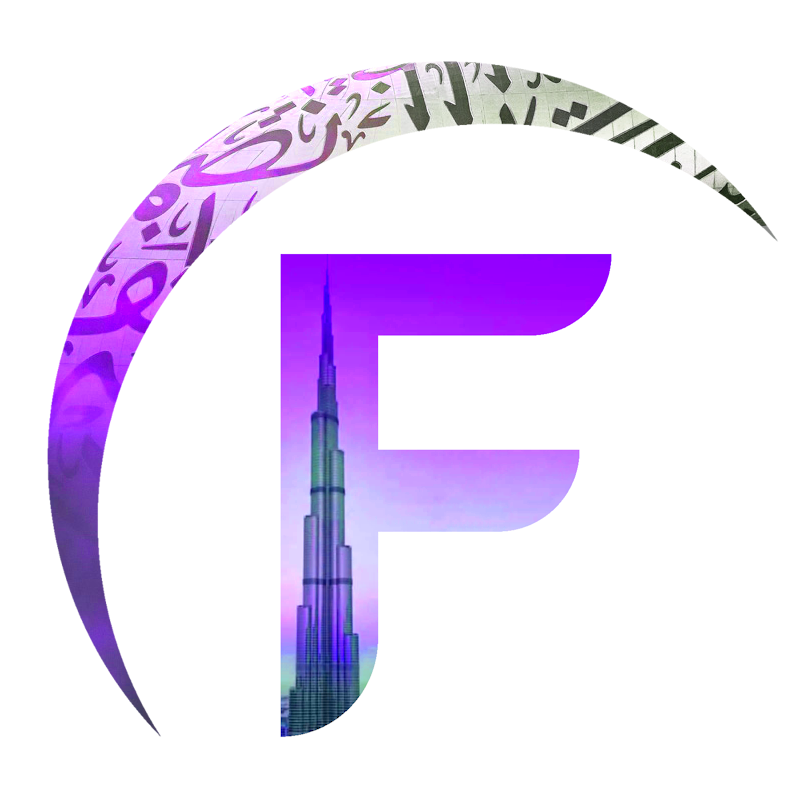Ever wondered what secrets lie behind the ornate wooden doors and wind towers of Dubai’s historic souks? Step into a world where ancient trade routes converge, and the architecture tells tales of a bygone era waiting to be explored.
Al Fahidi Historical Neighbourhood: A Living Museum
Nestled along the banks of Dubai Creek, the Al Fahidi Historical Neighbourhood stands as a testament to the city’s rich past. Its labyrinthine alleys, known as sikkas, are lined with traditional wind-tower houses constructed from coral, gypsum, and palm wood. These structures, designed for natural ventilation, showcase the ingenuity of early Emirati architecture. Visitors can immerse themselves in the ambiance of the past, with art galleries, museums, and cultural centers offering insights into the region’s heritage.
Dubai Museum: Chronicles of a Trading Hub
Housed within the Al Fahidi Fort, Dubai Museum offers a comprehensive overview of the city’s evolution from a modest fishing village to a global metropolis. Exhibits feature life-sized dioramas depicting traditional Arab houses, mosques, souks, and date farms. Artifacts from archaeological sites, including pottery and weapons, provide context to the region’s historical significance. The museum’s interactive displays and multimedia presentations make it a must-visit for history enthusiasts.
Textile Souk: Threads of Tradition
Located in Bur Dubai, the Textile Souk is a vibrant marketplace where colorful fabrics, embroidered garments, and traditional attire abound. The souk’s architecture, characterized by wooden arches and shaded walkways, offers respite from the sun and a glimpse into traditional market design. Visitors can engage with local vendors, learn about traditional textiles, and even have custom garments tailored on-site.
Spice Souk: Aromatic Allure
Across the creek in Deira lies the Spice Souk, a sensory delight with its array of spices, herbs, and fragrances. The market’s narrow lanes are flanked by shops displaying sacks of colorful spices, from saffron to sumac. The architecture here reflects functional design, with covered walkways and open storefronts facilitating airflow and customer interaction. Engaging with seasoned traders provides insights into the culinary and medicinal uses of various spices.
Gold Souk: A Gilded Legacy
Also situated in Deira, the Gold Souk dazzles with its extensive collection of gold jewelry and precious stones. The market’s design combines traditional elements with modern infrastructure, ensuring comfort for shoppers while preserving cultural aesthetics. The souk’s layout, with its interconnected alleys and ornate shopfronts, reflects Dubai’s historical role as a trading nexus. Visitors can observe skilled artisans at work and learn about the craftsmanship behind each piece.

Al Seef: Bridging Past and Present
Al Seef, a waterfront promenade along Dubai Creek, seamlessly blends traditional Emirati architecture with contemporary design. The area features restored heritage buildings alongside modern structures, offering a juxtaposition of old and new. Visitors can stroll along cobblestone pathways, explore boutique shops, and dine in establishments that pay homage to local culinary traditions. Al Seef serves as a living example of Dubai’s commitment to preserving its heritage while embracing modernity.
Sheikh Mohammed Centre for Cultural Understanding: Open Doors, Open Minds
Situated in the Al Fahidi district, the Sheikh Mohammed Centre for Cultural Understanding promotes awareness of Emirati culture, customs, and traditions. Housed in a traditional wind-tower building, the center offers cultural meals, heritage tours, and educational programs. Participants can engage in open dialogues, ask questions, and gain a deeper understanding of local customs and societal norms. The center embodies the UAE’s ethos of tolerance and cultural exchange.
Al Shindagha Museum: Narratives of Nationhood
Al Shindagha Museum, located near the historic Dubai Creek, offers a comprehensive exploration of the city’s development. The museum’s pavilions cover various aspects of Emirati life, including traditional medicine, jewelry, and maritime history. Interactive exhibits and multimedia presentations provide an immersive experience, allowing visitors to connect with the stories of the past. The museum’s architecture, blending traditional design with modern amenities, enhances the educational journey.
SIKKA Art Fair: Celebrating Creativity in Heritage Spaces
Held annually in the Al Fahidi Historical Neighbourhood, the SIKKA Art Fair showcases the works of emerging Emirati and UAE-based artists. The event transforms traditional houses and courtyards into galleries, creating a unique fusion of art and heritage. Visitors can explore installations, attend workshops, and engage with artists, all within the context of Dubai’s historic architecture. The fair underscores the city’s commitment to nurturing creativity while honoring its cultural roots.
Abra Rides: Navigating the Lifeline of Old Dubai
The traditional abra boats offer a scenic and practical means of crossing Dubai Creek, connecting the historic districts of Bur Dubai and Deira. These wooden vessels have been integral to the city’s transport network for decades. A ride on an abra provides panoramic views of the city’s skyline juxtaposed with its historic architecture. The experience encapsulates the essence of Dubai’s evolution, where tradition and progress sail side by side.
This guide was meticulously crafted by the www.few.ae team, ensuring an authentic and comprehensive exploration of Dubai’s souk architecture and history.


 then "Add to Home Screen"
then "Add to Home Screen"